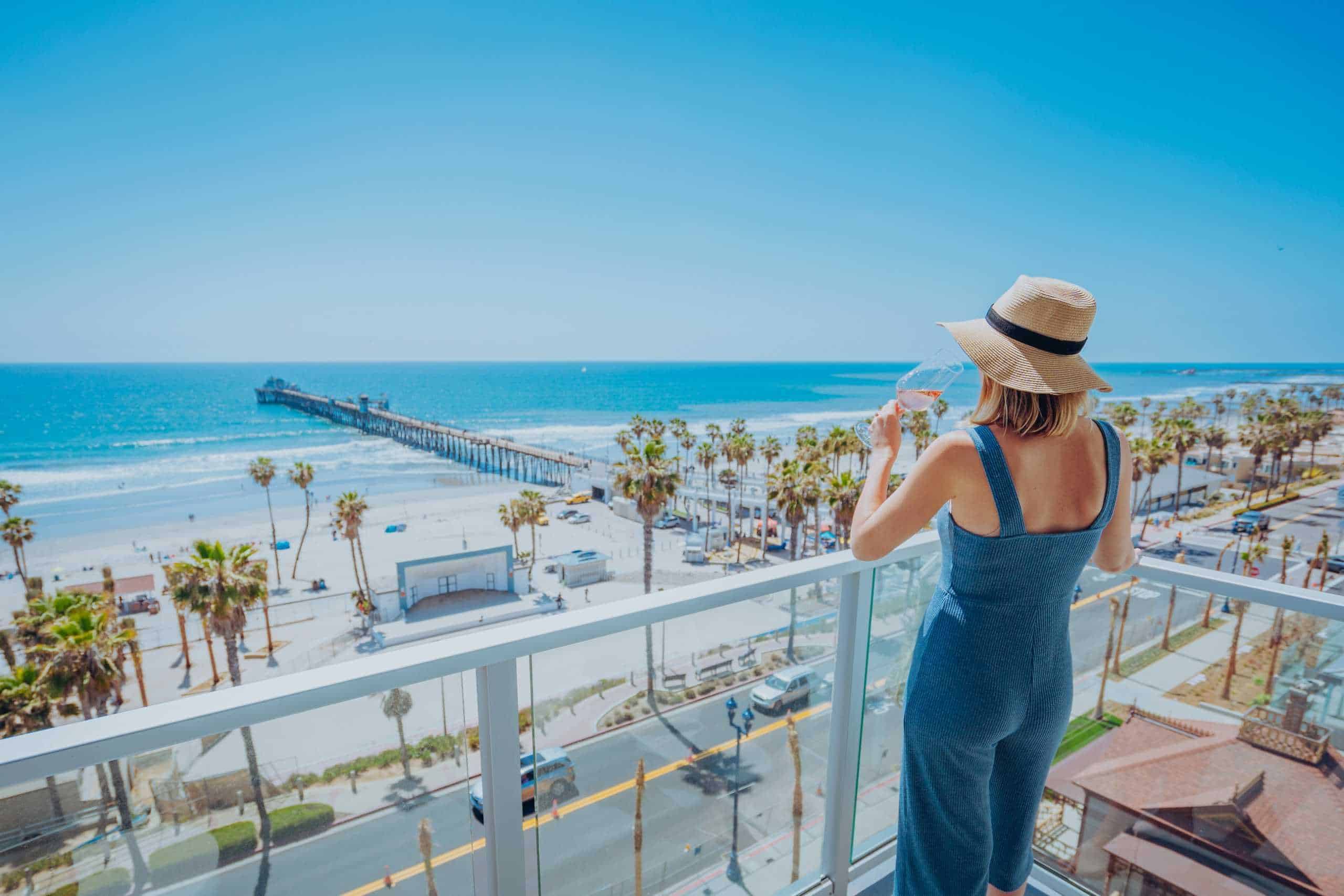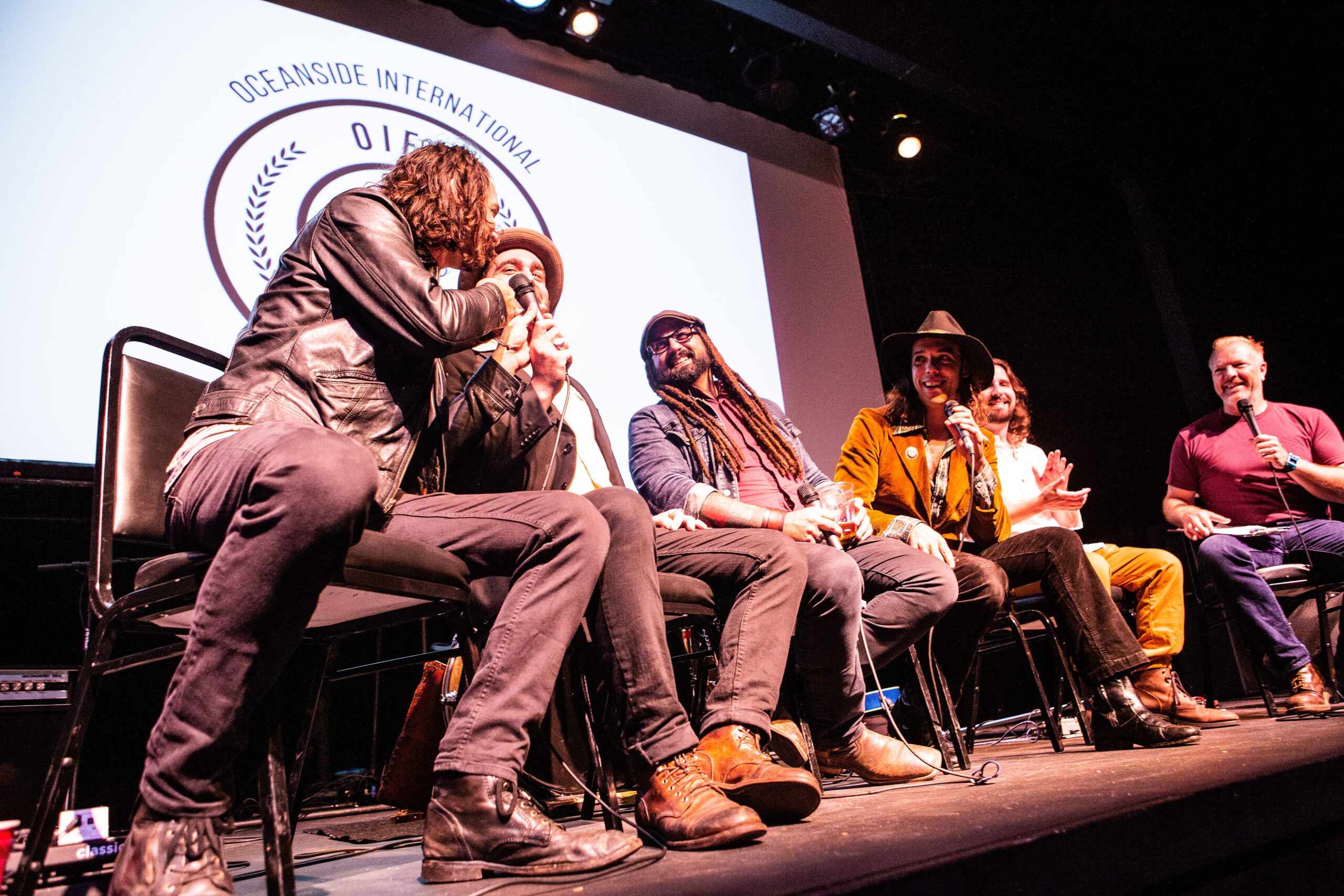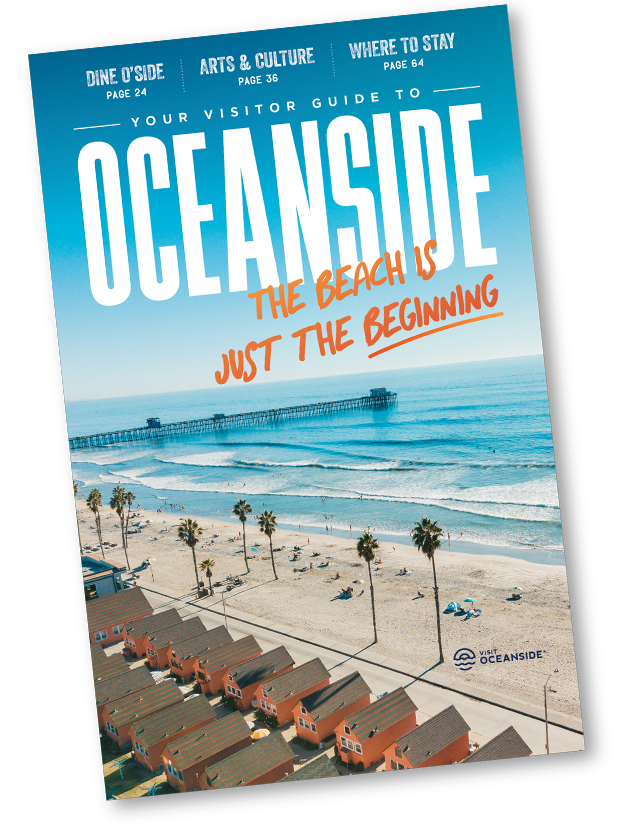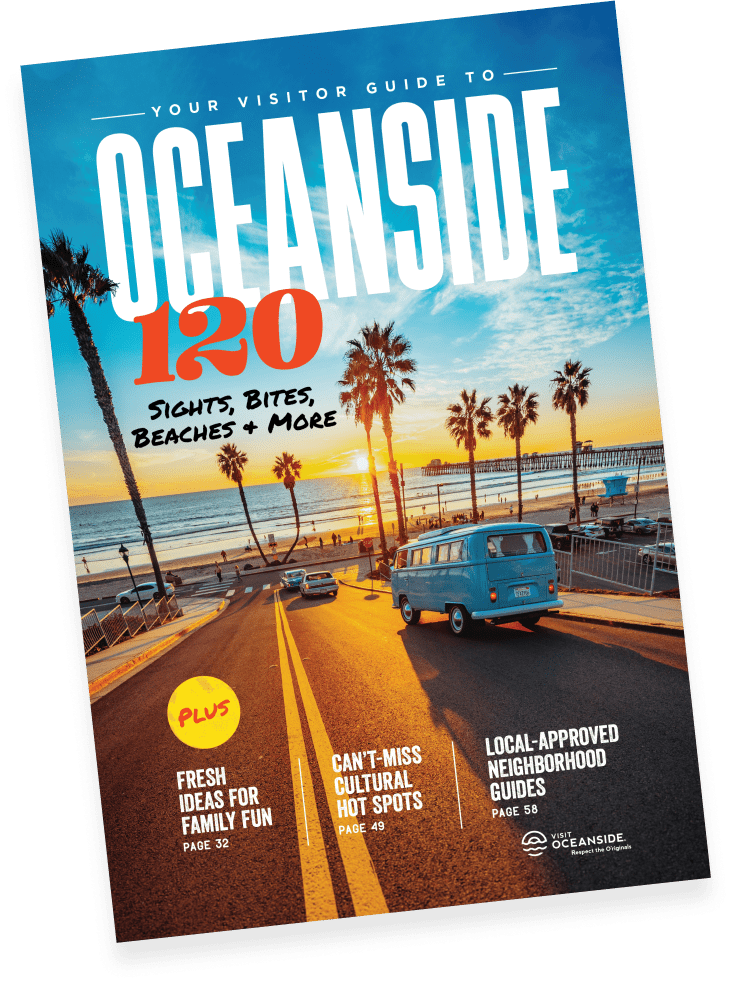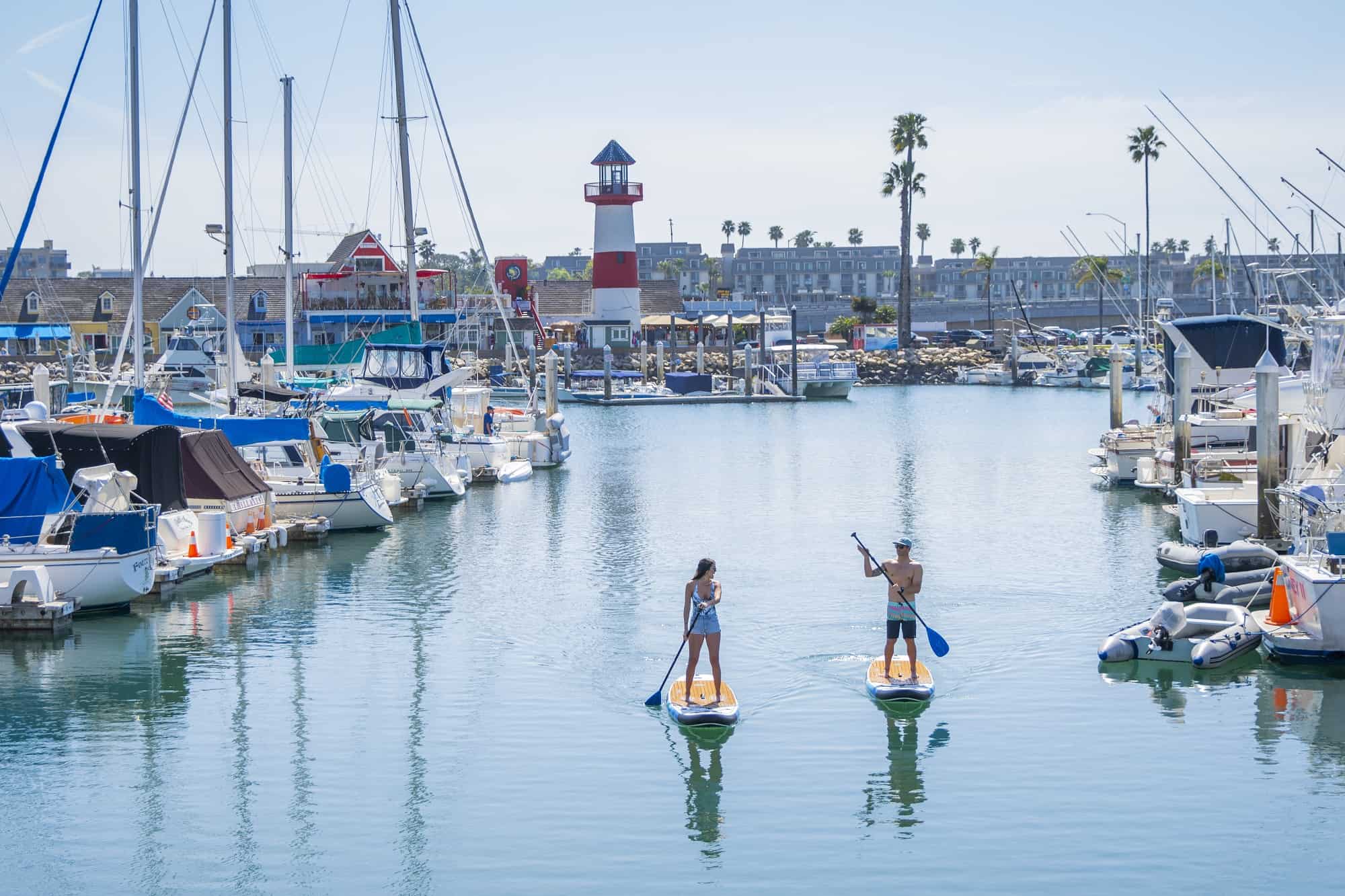
Historical Photos Courtesy Of: Oceanside Historical Society
The History of the Oceanside Harbor
Contributing Writer: Kristi Hawthorne
For decades, it was the hope and dream of many in Oceanside to have a recreational harbor. Even as early as 1949 a development and study of a proposed harbor was made by Leeds, Hill and Jewett for the City of Oceanside. However, a major roadblock to those plans was the military “top brass” at Marine Corps Base Camp Pendleton. Opposition to all harbor proposals and plans was because land, as well as access, was needed from the military base.
But in 1958 General Reginald Heber Ridgely Jr. stated he would “interpose no objection to the concept” of the Oceanside Harbor constructed on Camp Pendleton property. That year the Corps of Army Engineers requested a feasibility study of the proposed harbor. A delegation of Oceanside officials visited Washington D.C. to discuss details with U.S. Marine Corps, the Bureau of Yards & Docks and the Secretary of the Navy.
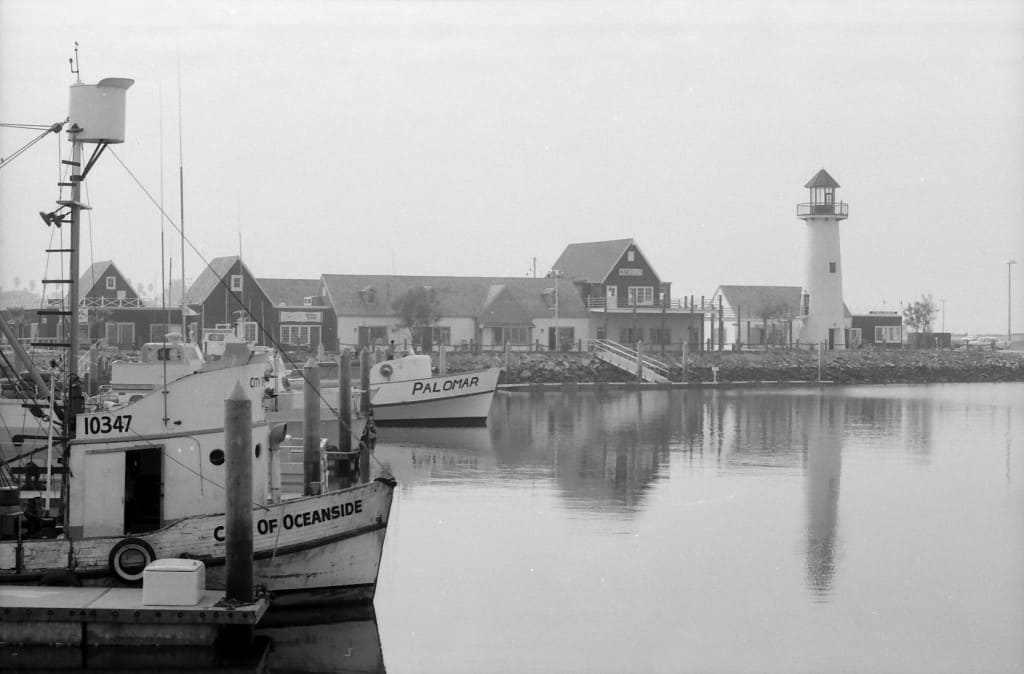
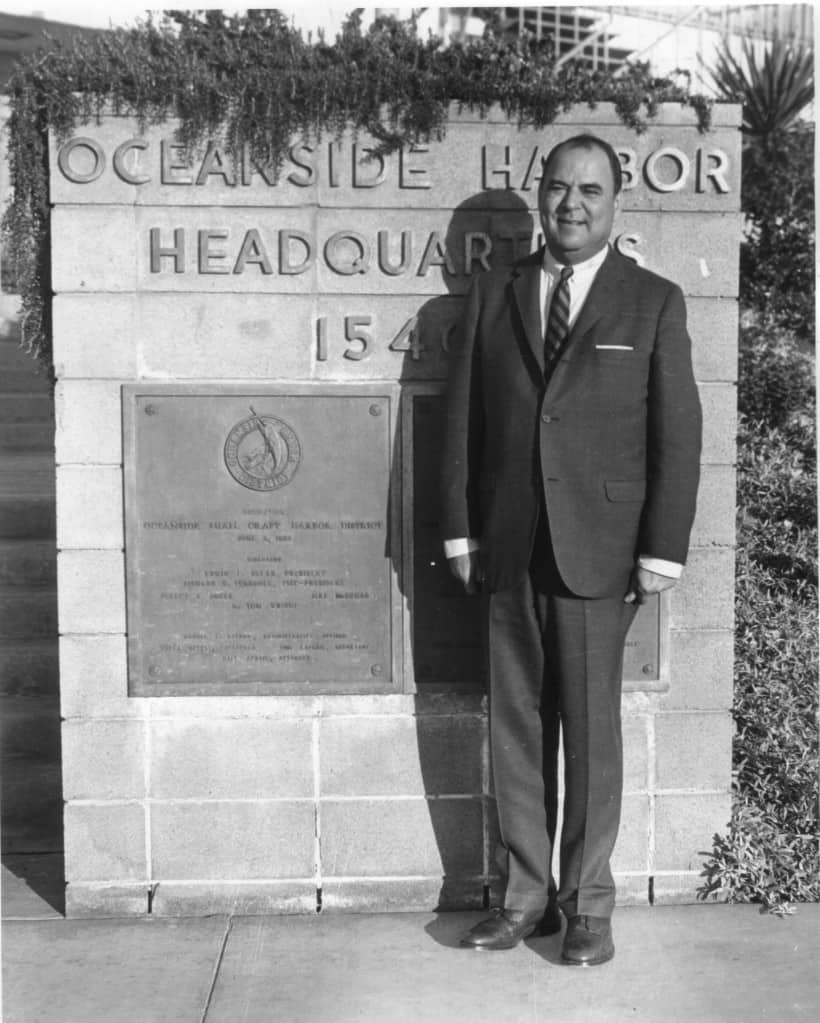
The city delegation met with Camp Pendleton officials in March of 1959 regarding a lease of 68 acres upon which the harbor would be partially located. Later that year City Attorney Dale Austin and Mayor Erwin Sklar were authorized to meet with congressional representatives and the following month Camp Pendleton transferred the needed 68 acres to the City for one-half of appraised value.
Many recognize Erwin Sklar as instrumental in the development of Oceanside’s Small Craft Harbor. Sklar served on the City Council for twelve years from 1956 to 1968, during which time he also served as Oceanside’s mayor and deputy mayor. Erwin Sklar has been touted as someone who “did more for the city personally, than anybody else we ever had in the council.” It was Sklar’s ability to persuade and negotiate that helped bring the Harbor from a dream into a reality.
Additional land for the Harbor was also needed from the Beachlake Trailer Park. Beachlake was a popular recreation and camping spot since the 1930s and owned by developer and former city councilman Albert Zaiser. To acquire land for its new harbor the city made a deal with Zaiser, essentially exchanging land for the needed property immediately north of the San Luis Rey river mouth.
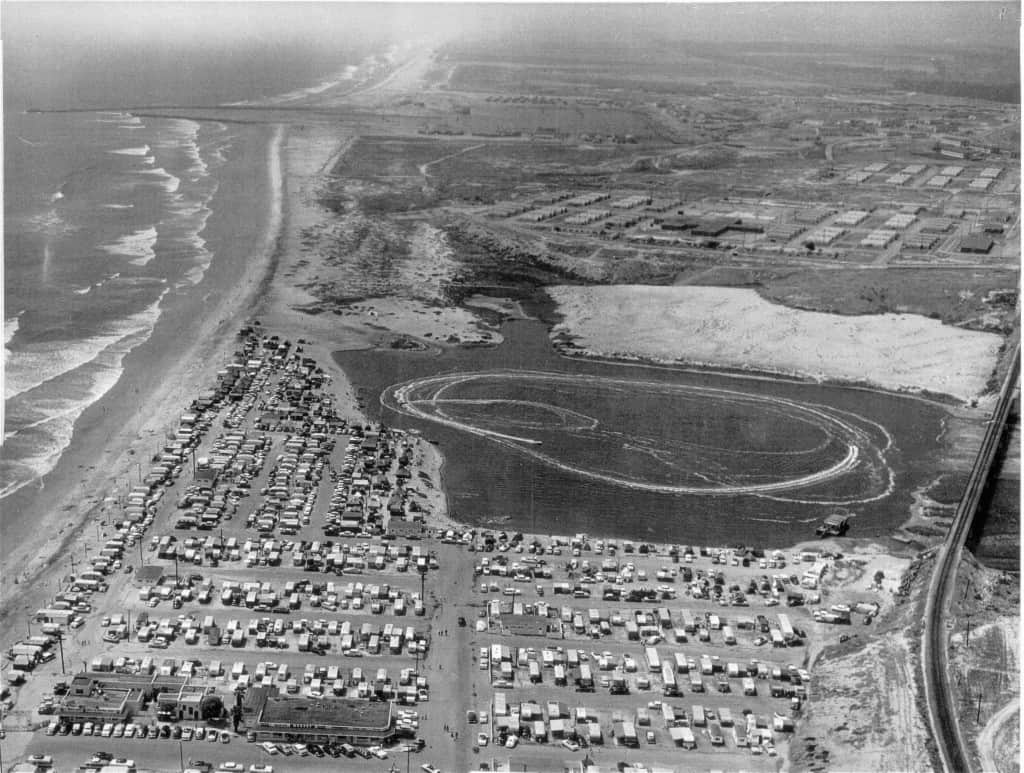
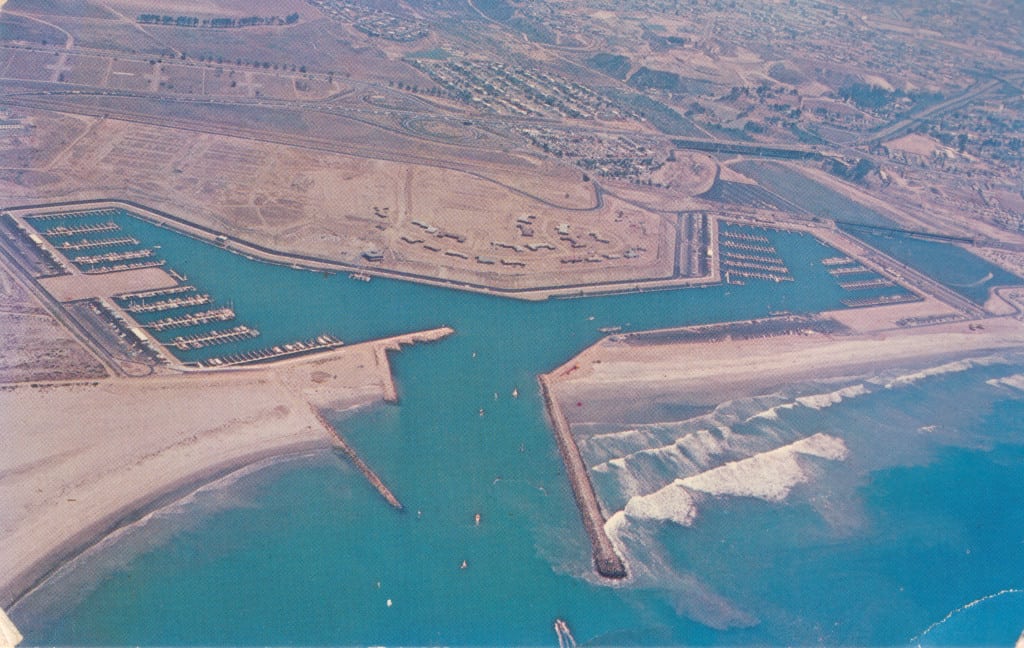
With the gaining momentum, Oceanside voters overwhelmingly approved formation of a Harbor District in 1960. The Board of Directors of the Oceanside Small Craft Harbor held their first meeting on February 11, 1960. With enthusiasm running high, the first Harbor Days was held that year at the Del Mar Boat Basin before the harbor was even built! The Mayflower II, owned by the Goodyear Company, flew over Oceanside the evening before the Harbor Days celebration carrying an illuminated 10-foot high message publicizing the event. Oceanside Harbor Days is the City’s longest running event.
In 1961 the Oceanside Press Courier proclaimed that “Monday, February 6th will be a great day in Oceanside.” That day marked ground breaking ceremonies for the Oceanside Harbor and was touted as the “most historic event in the history of Oceanside.” The groundbreaking ceremonies were held at 10:30 a.m. marking “A Day of Hope and Promise” according to then Mayor Jerome Jones.
Cox Brothers Construction was awarded the contract for the first phase of construction and the contract to clear away land for a 300-foot groin and floodwall at a cost of $396,400. The Oceanside Harbor was dedicated and formally opened in June of 1963. The Oceanside Harbor cost approximately $7,000,000, and originally contained just 520 slips.
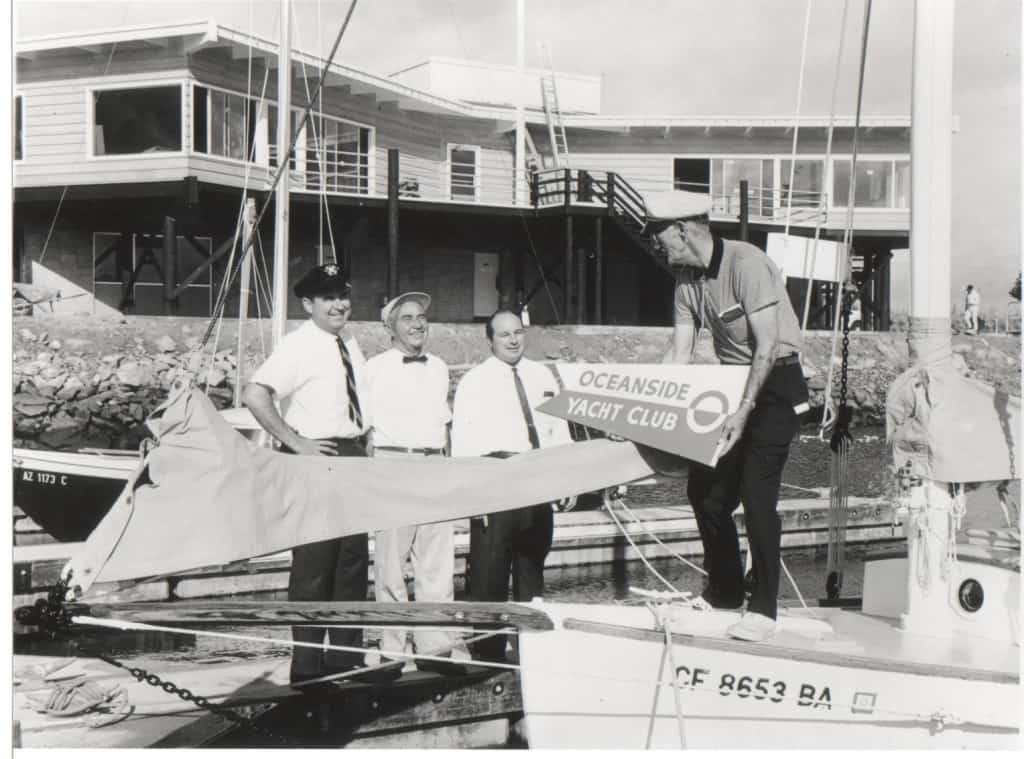
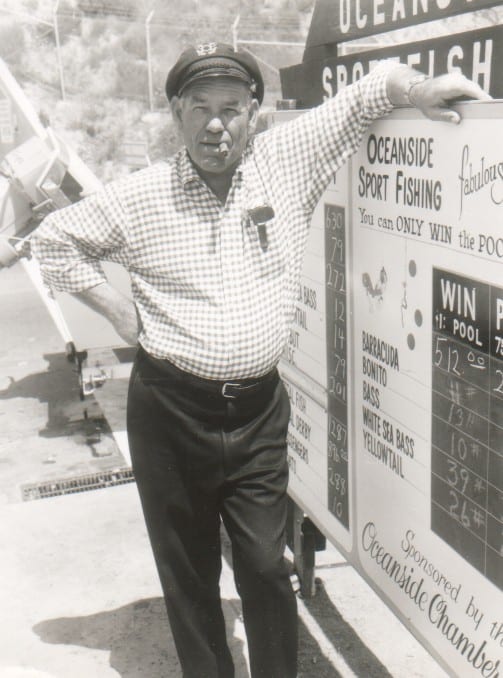
The Oceanside Yacht Club was founded in 1963 shortly after the harbor opened. The founders met in a small rented office until the present building was completed in 1965. The first Commodore of the Yacht Club was Robert Welden, then after John Steiger, Byron Jessup and Monte Yearley.
Monte Yearley was a fixture at the Oceanside Harbor. His sailboat shop was one of the longest running businesses, established the same year the Harbor. Monte could be found most any day on a sailboat or in his shop visiting with friends until his death at the age of 90.
The McCullah Brothers operated Oceanside Sportfishing, Inc. at the Harbor. They had previously operated from the Oceanside Pier for close to twenty years before moving their enterprise to the harbor shortly after its opening. They used the Dolphin Inn and Sportfishing building near the southeast corner of the harbor until they sold the business in 1973.
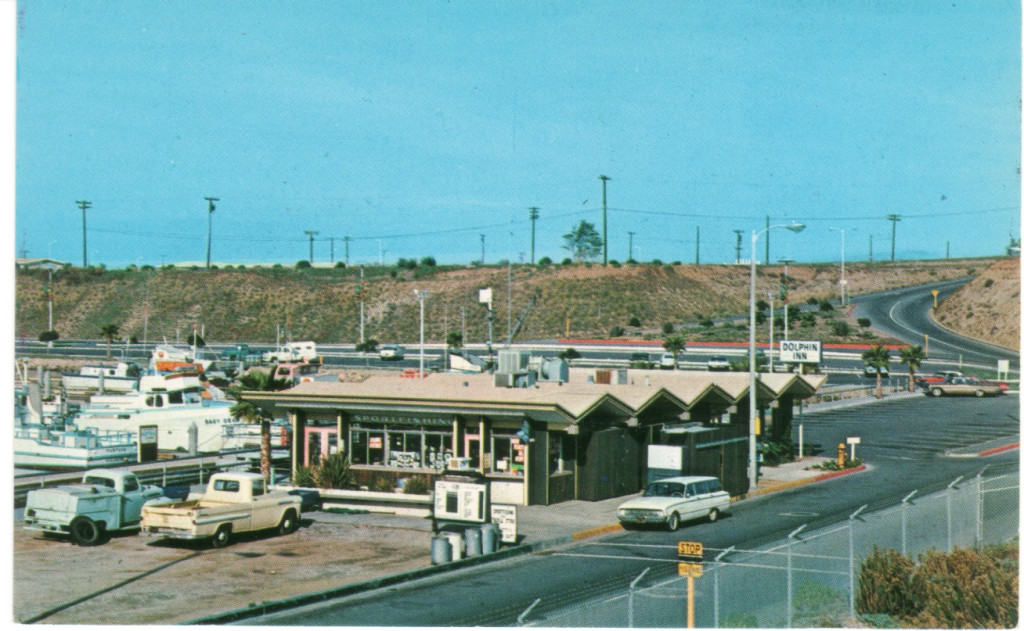
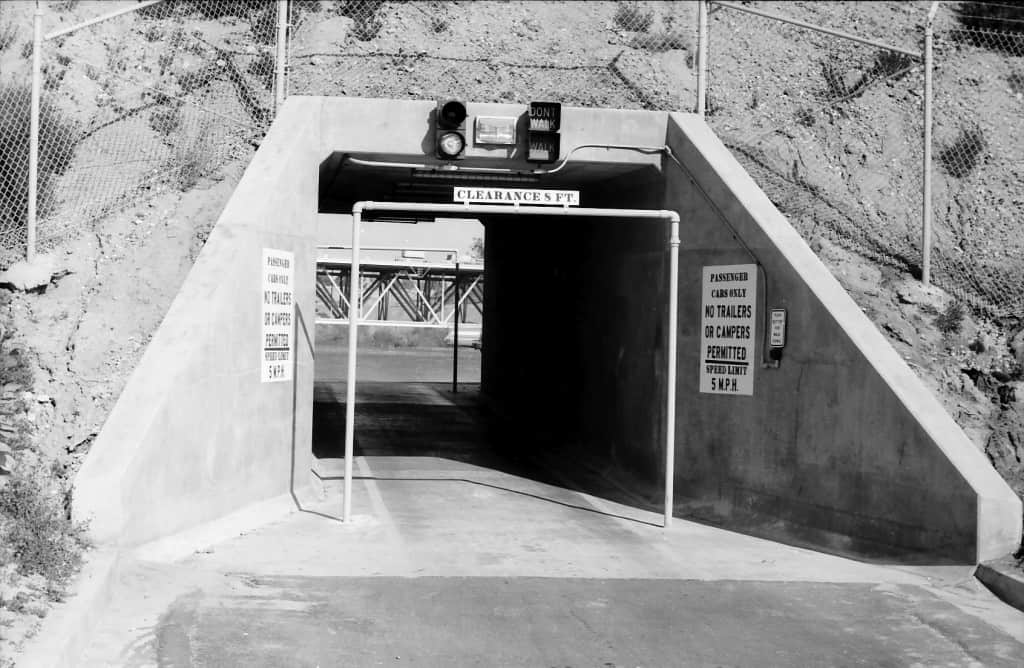
The Dolphin Inn building was moved in 1976 to what is now the Oceanside Municipal Golf Course to make way for the construction of Charthouse Restaurant. Today this building is occupied by Joe’s Crab Shack.
A large lot just east of the railroad tracks was paved but in order to accommodate direct access from the harbor, a vehicle tunnel was made under the train bridge. In recent years this tunnel has been closed to all but pedestrian traffic for safety issues.
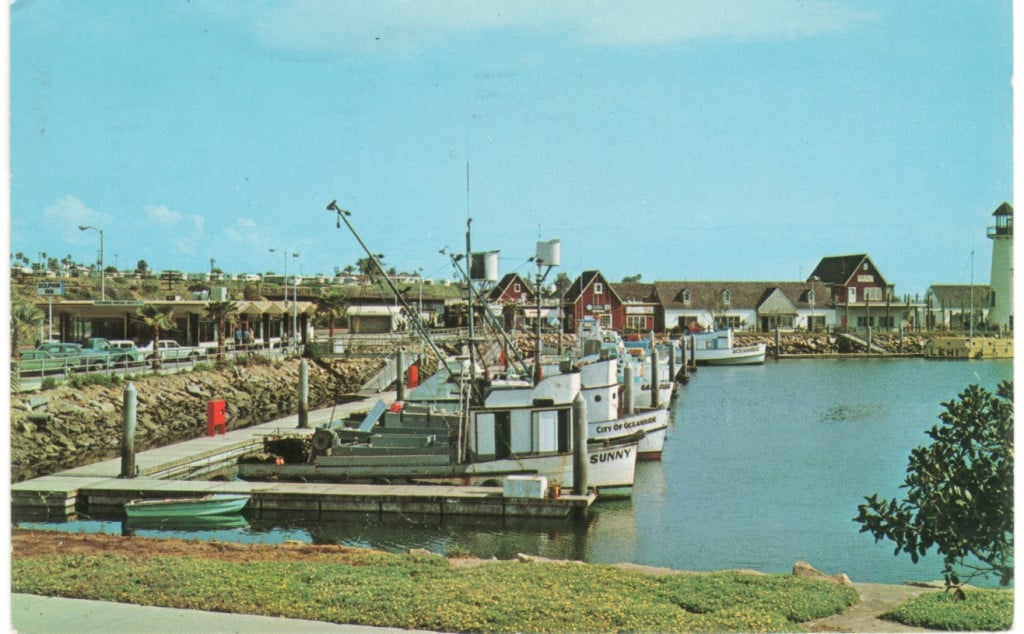
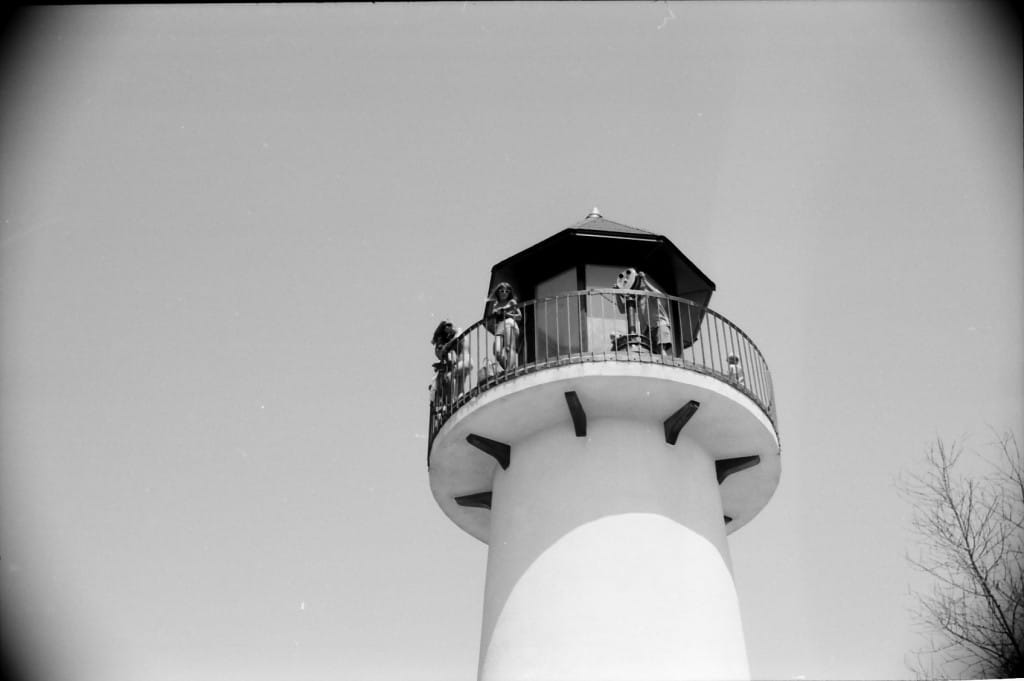
On January 16, 1964, ground was broken for a $300,000 fishing village-style shopping center with a six-story lighthouse to be called “Lighthouse Village.” City officials along with the developer, Isaco Inc. of Beverly Hills, participated in the ceremony. The center has been known as “Cape Cod Village” or simply Harbor Village.
The Oceanside Lighthouse has become an iconic landmark but is more decorative than functional. It has an interior spiral staircase which leads to an observation deck. This was a popular attraction for years but access was closed by the city for liability reasons.
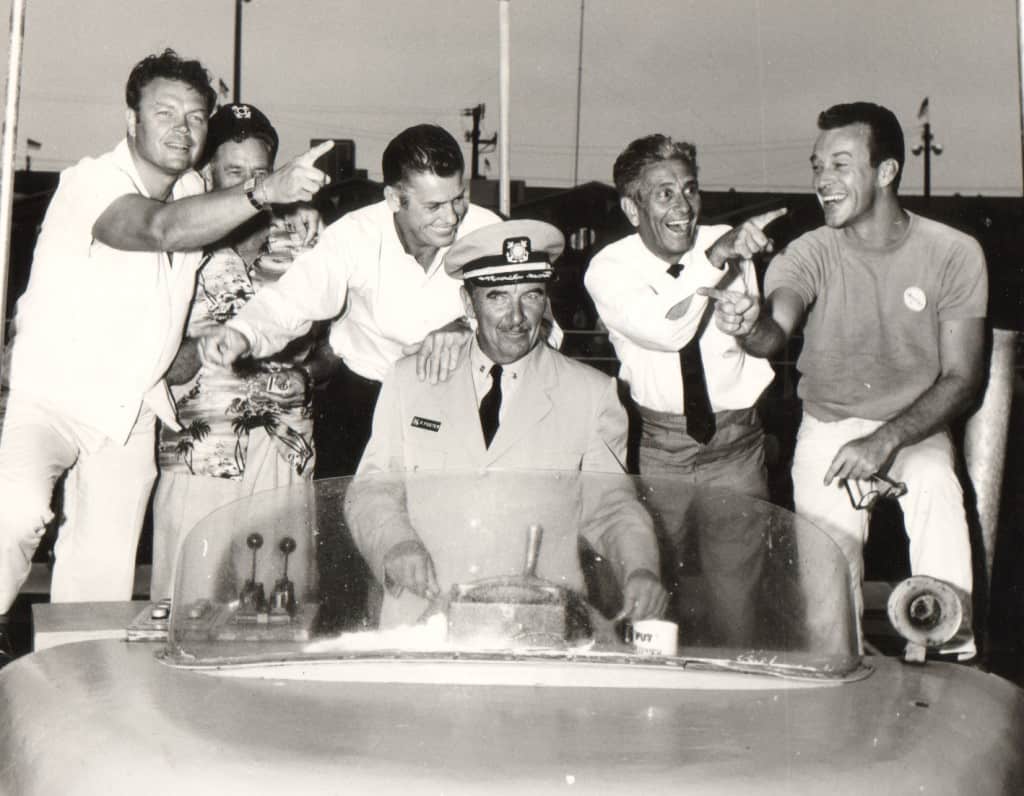
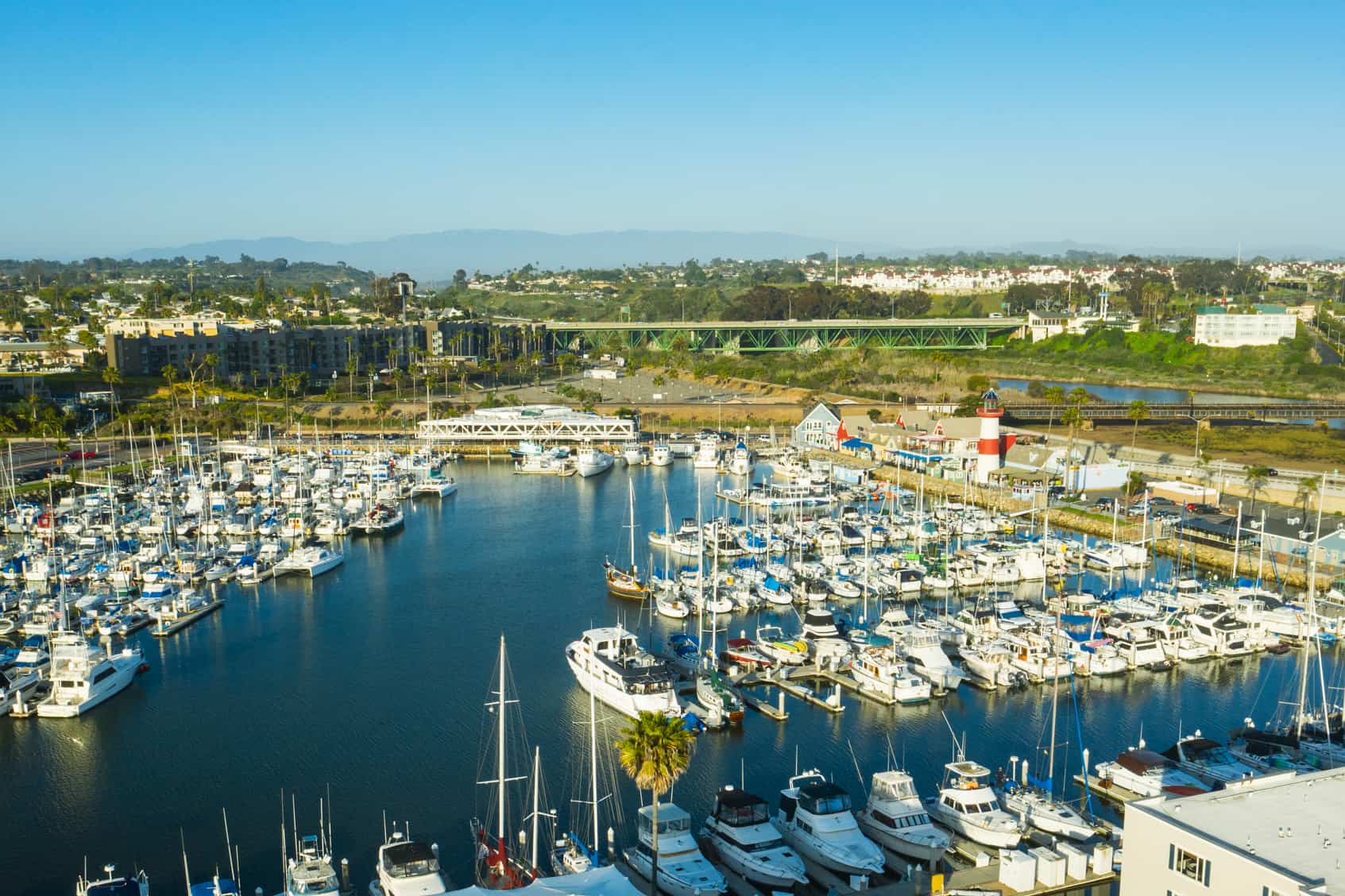
On March 27, 1964 the largest earthquake in North America’s recorded history hit Alaska. This 9.2 earthquake lasted just over four and half minutes and while it devastated Anchorage and surrounding area, loss of life was minimal in comparison to the subsequent tsunamis that it created. A tsunami eventually reached as far south as Oceanside but rather than a surge of ocean water or tidal wave as many expected, the water instead was sucked out of the harbor. Two harbor docks were damaged when they came into contact with submerged rocks after the water level dipped dramatically and rapidly.
Dredging of the harbor entrance has been an ongoing necessity. The channel becomes full of sand and silt-clogged, making it hazardous to boaters. Dredging is therefore necessary. Just one year after the Harbor opened, emergency dredging was urged because both the Harbor’s entrance and the military’s boat basin at Camp Delmar were too dangerous to maneuver. The annual dredging of the Harbor mouth is used to help replenish the beach at the Oceanside Municipal Pier.
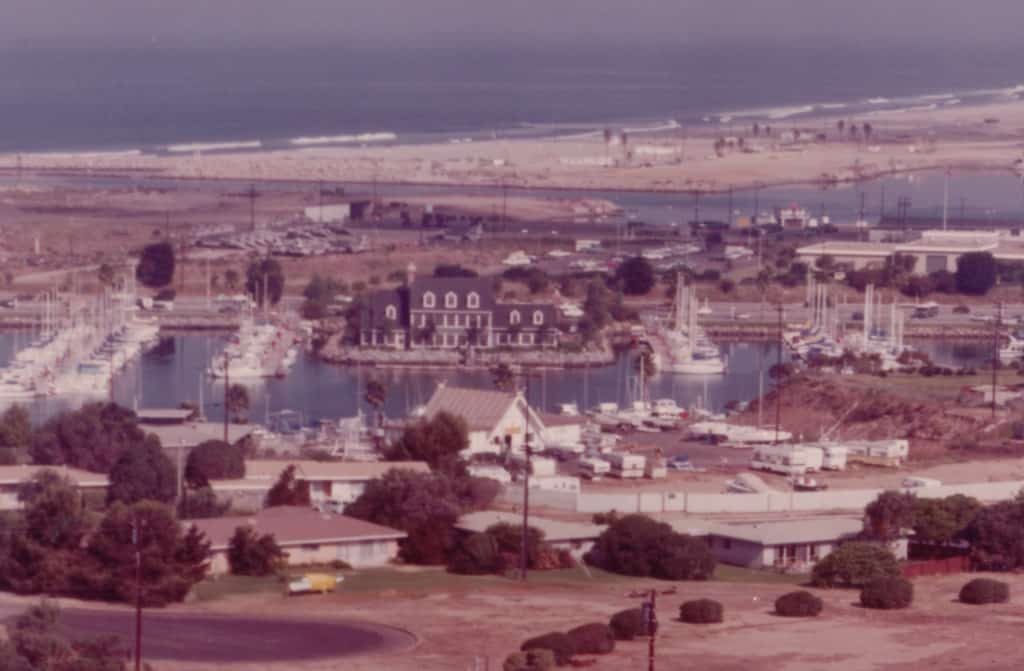
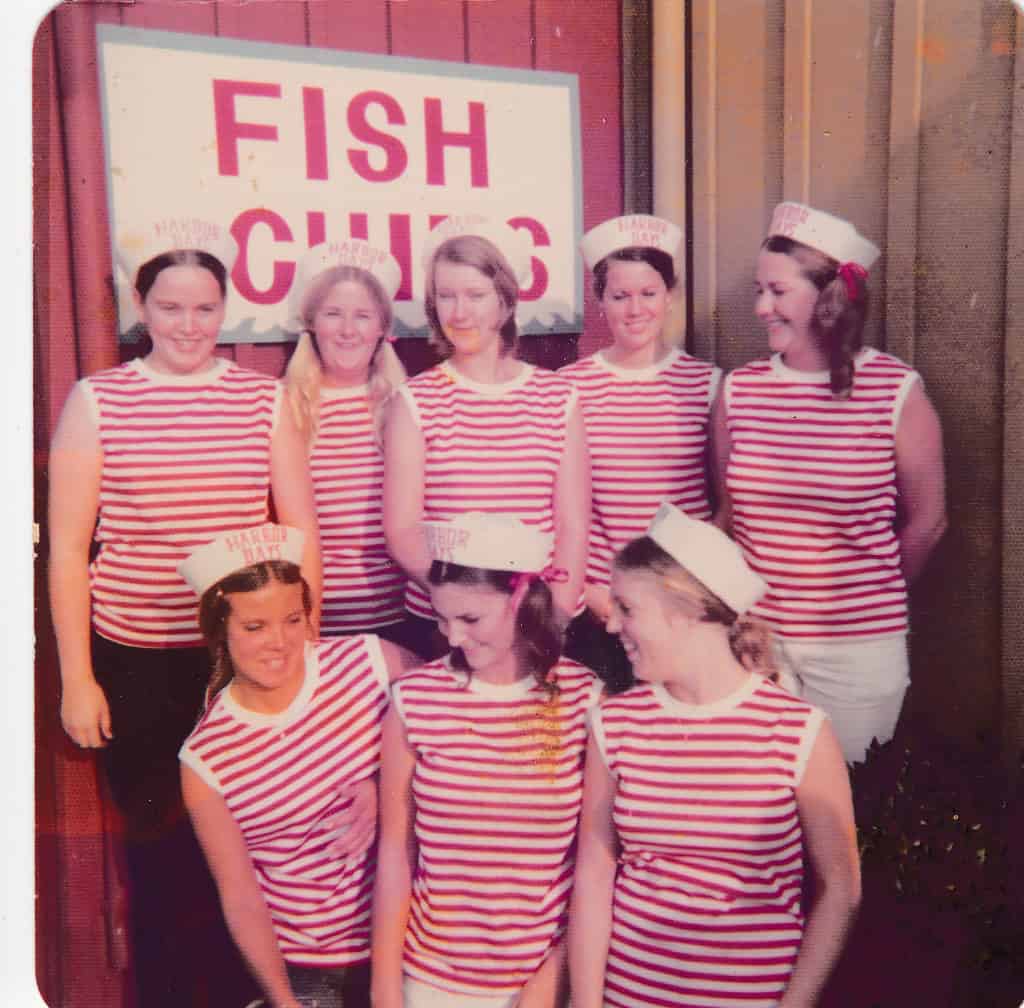
In 1973 the Jolly Roger Restaurant opened on North Harbor Drive and on October 3, 1984 Monterey Bay Canners opened its doors. One of the longest running restaurants is that of Harbor Fish and Chips. Owner Terry Cross was born and raised in Oceanside and this family owned and operated business has been a mainstay at the Harbor for over fifty years and continues to be a favorite of locals.
The Oceanside Harbor was the home port of the United States Coast Guard Point Hobart from 1969 to 1999. Its primary purpose was to provide additional security for President Nixon when he visited the ‘Western White House’ near San Mateo Point. The Point Hobart also provided search and rescue services.
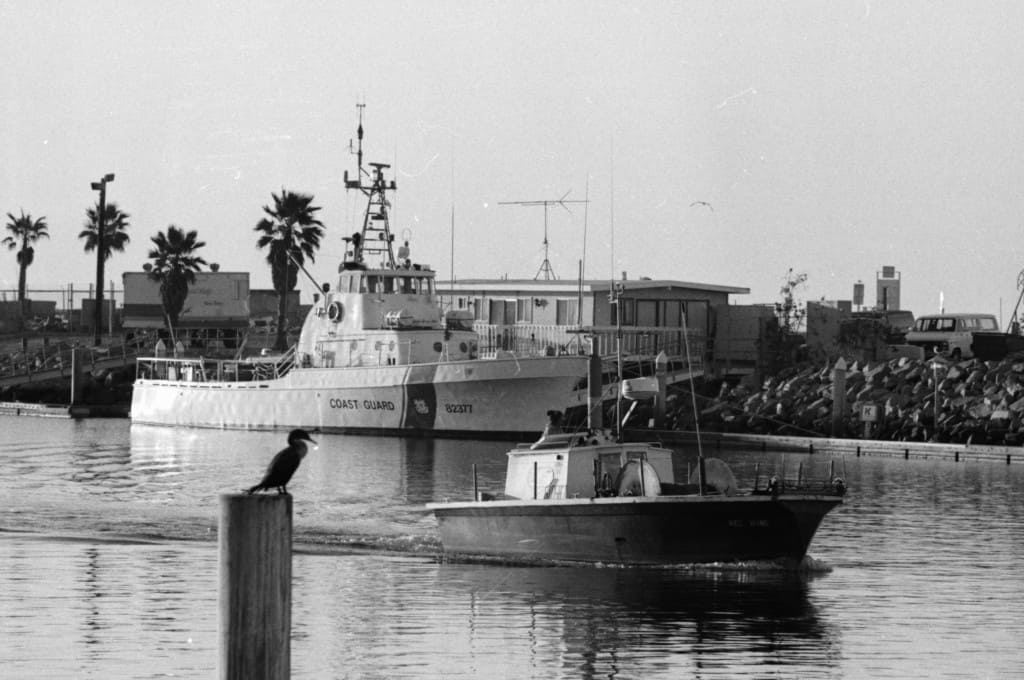
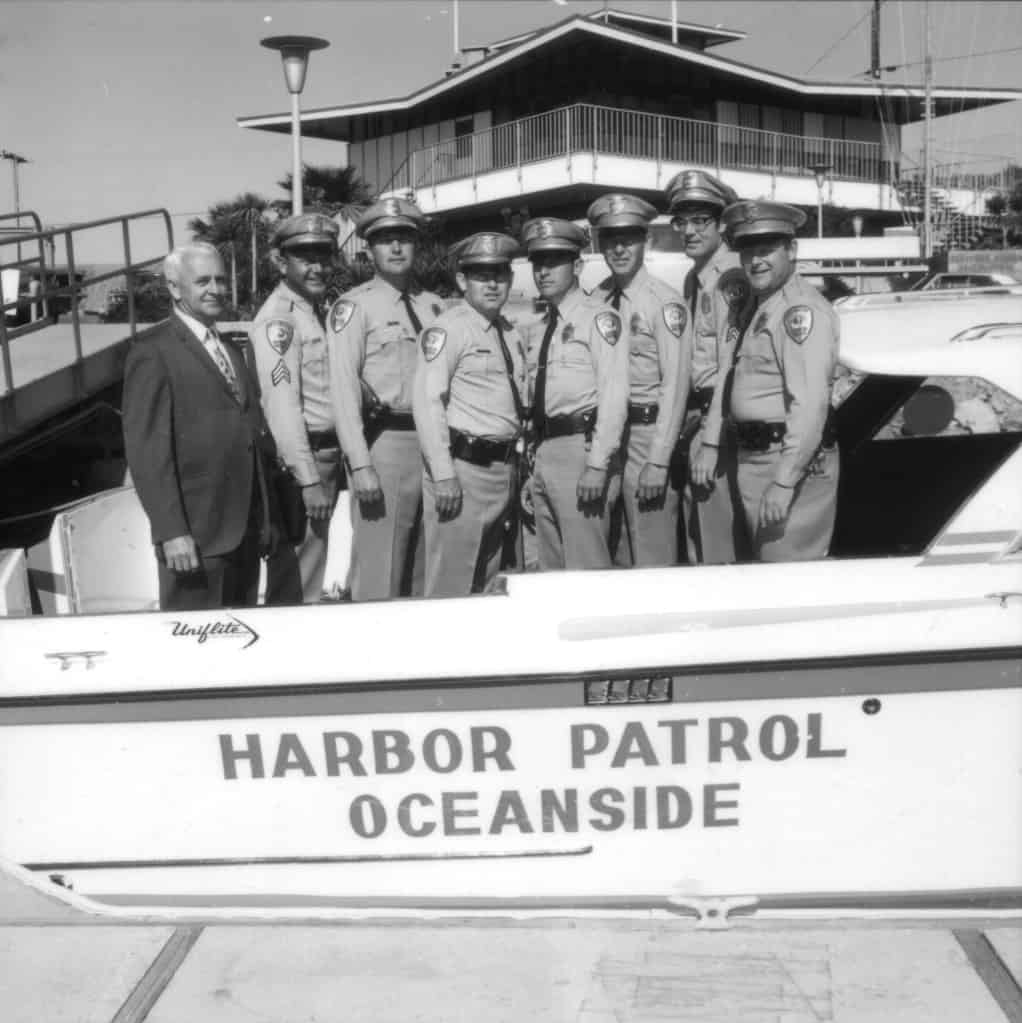
In November of 1978 Oceanside’s City Council approved the building of a fishing pier at the Harbor at a cost of $50,000 with State funding.
In the early 1990s the Oceanside Harbor District was annexed by the City of Oceanside and all District employees became City employees, including the Oceanside Harbor Police. In 1999, Point Hobart was decommissioned and the Oceanside Harbor Police became the only rescue vessels between Dana Point Harbor and Mission Bay. Currently, the Oceanside Police Harbor Unit remains the primary response vessel for over 37 miles of coastline, assisting in mutual aid calls for service from San Mateo Point to Del Mar.
Today the Oceanside Harbor is more popular than ever before. It is a favorite for surfers of all ages and the home to surf competitions. Over the years docks and slips have been added and the Harbor can now accommodate over 900 vessels.
People watching, dog walking, and biking are favorite past times. There’s no shortage of food choices and gift shopping or beach essentials can be found at the Harbor Village Shops. Many people come to view the sea lions that swim around the harbor looking for a fish dinner. Sea lions congregate on a floating dock near the Harbor’s fishing pier, laze in the sun and bark at one another. Whale watching and dolphin tours are available, along with deep sea fishing. Visitors can also rent boats and paddleboard to get an ocean level experience. The Harbor beach is wide with no shortage of sand. RV camping is available.
Since its opening over 50 years ago, the Oceanside Harbor is one of Oceanside’s most popular spots with tourists and residents alike.
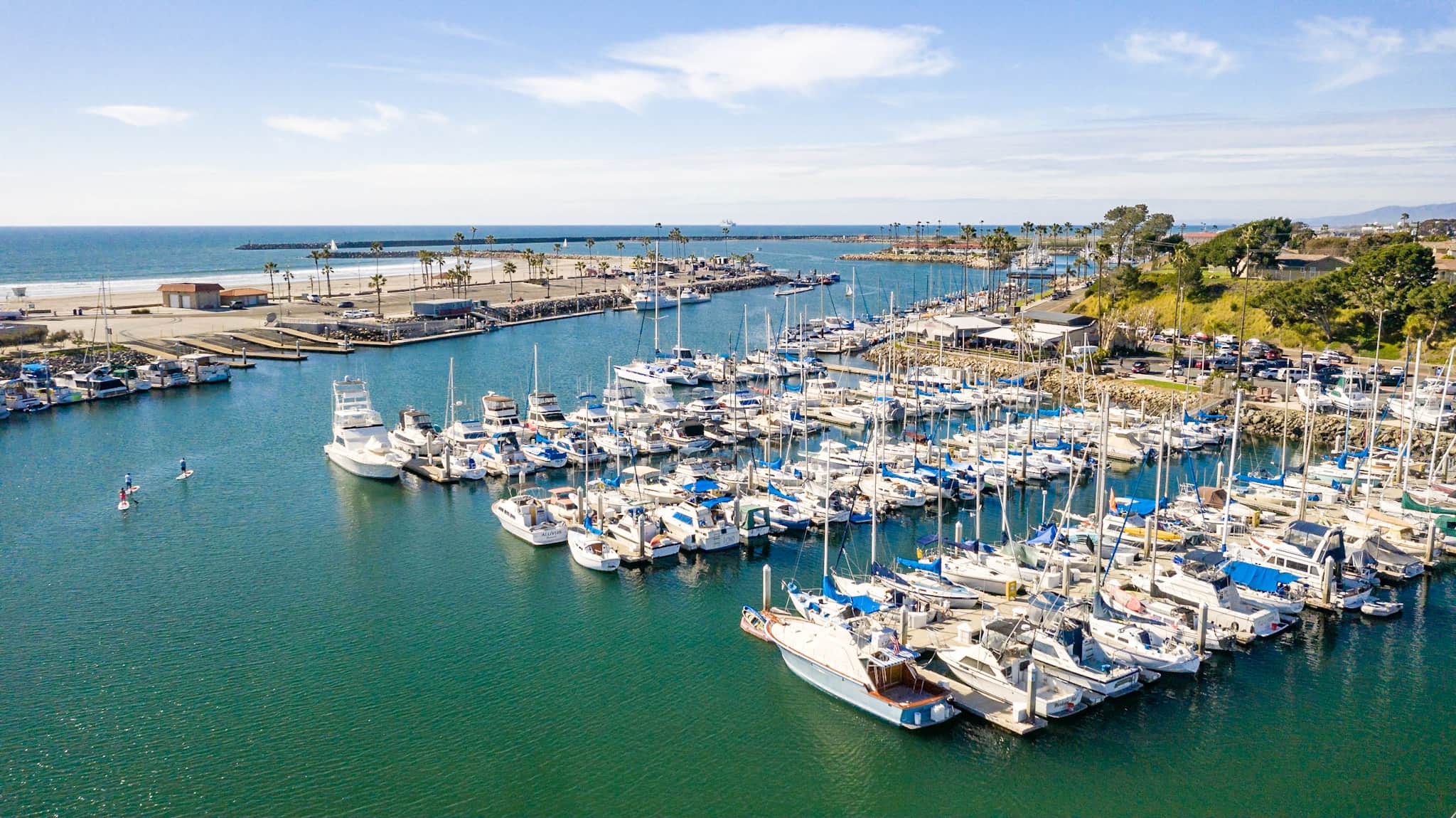
About the Writer
Kristi Hawthorne has been a resident of Oceanside since 1983, began volunteering for the Oceanside Historical Society in 1987 and has served on the board of the Oceanside Historical Society for over 30 years and as president since 2002. She conducts Downtown History Walks for the public each year and presents regular historical programs at the Oceanside Public Library. She is known as the “historian” of Oceanside, writing a history book entitled “Oceanside, Where Life is Worth Living.” Kristi has been an avid supporter of Oceanside, proud to live and work in the City which she loves and has raised a family with her husband. Her blog, Histories and Mysteries, provides readers an in-depth look at people, places and events in our City’s history.
Check out Kristi Hawthorne’s “Histories and Mysteries” blog



